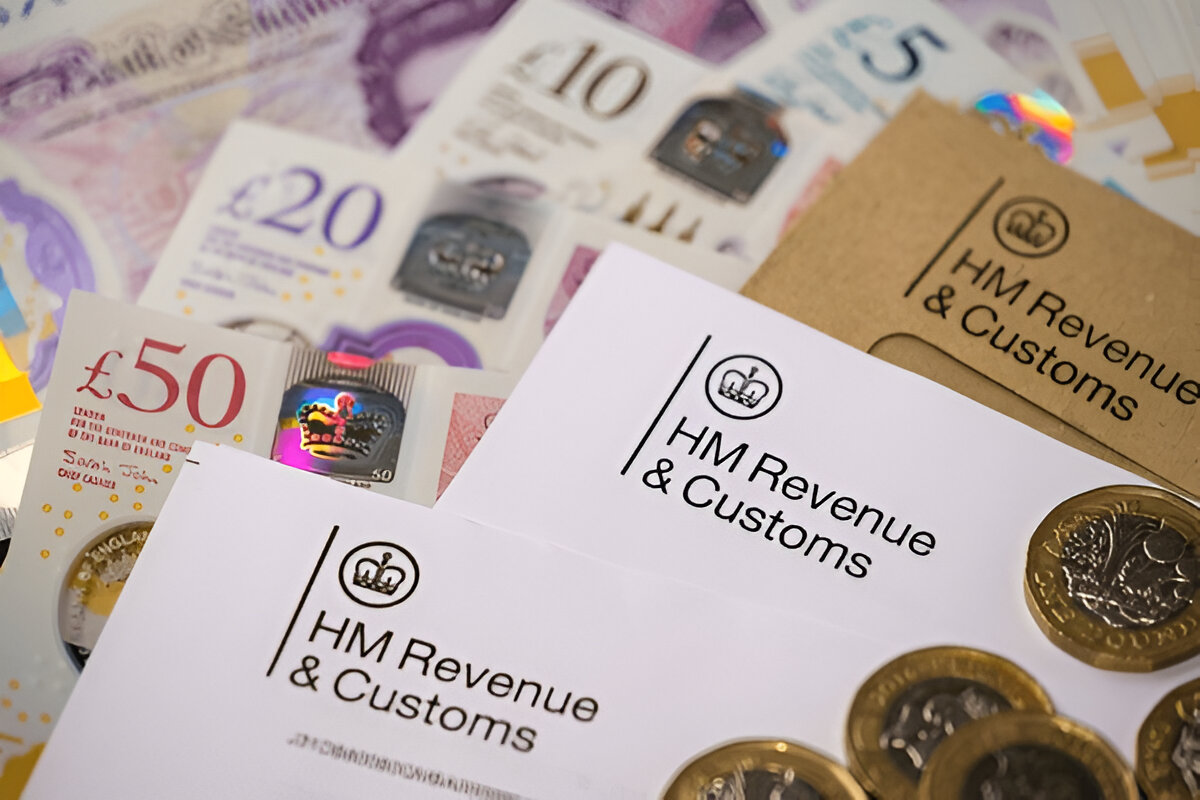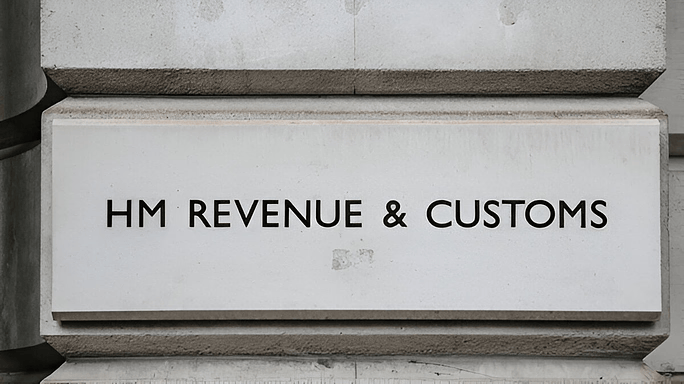Essential Guide to Food and Drink VAT Rates

Navigating VAT on Food and Drink in 2023: What Businesses Need to Know
Introduction:
If you operate a business, understanding Value Added Tax (VAT) on goods and services is crucial. For those in the food and drink sector, navigating VAT can be complex. Whether you’re a food retailer, producer, manufacturer, wholesaler, or part of the hospitality sector, different VAT rates apply. In this updated guide, we’ll delve into the various VAT rates for food and drink, clarifying the charging mechanisms.
Is VAT Charged for Food and Drink?
In most cases, food and drink for human consumption are zero-rated for VAT. However, some exceptions apply, subjecting items to the standard VAT rate. These exceptions encompass food and drink supplied by the catering industry, alcoholic beverages, confectionery, crisps, savory snacks, hot food, sports drinks, hot takeaways, ice cream, soft drinks, and mineral water.
VAT Rates for Food in Pubs and Restaurants:
Restaurants and pubs are required to charge VAT on all items consumed on the premises or in designated customer areas. This includes food courts in locations like shopping centers, airports, and railway stations.
VAT Rates for Takeaways:
For takeaway establishments, VAT must be applied to all hot food and home deliveries. Cold takeaway food is an exception, exempt from VAT unless consumed in a designated customer area. The VAT charges for hot food include items heated for consumption, kept hot, advertised/marketed as hot, heated to order, and provided in packaging designed for hot food.
VAT Rates for Caterers:
Caterers supplying ready-to-eat prepared food and drink under a catering service are subject to the standard VAT rate. This includes supplying food and drink to events like weddings, conferences, and parties, as well as cooking or preparing food for customers in their homes.
Zero-Rated Foods:
Unprocessed foods for human consumption, such as raw meat and fish, fruits, vegetables, cereals, nuts, pulses, and culinary herbs, are VAT zero-rated. Most ingredients used for home cooking and baking are also zero-rated, provided they have measurable nutritional value or are used in their supplied form.
Pandemic Support Scheme Update:
In response to the global pandemic, a reduced VAT rate of 5% was implemented for food and drink sold in pubs and restaurants until September 2021. Following this, the rate increased to 12.5% for an additional six months, returning to the standard 20% in April 2022.
The conventional VAT rate for restaurant food stands at 20%, yet at present, meals in restaurants are under a discounted rate of 12.5%. This temporary reduction in the VAT rate, set at 12.5%, was in effect from October 1, 2021, until March 31, 2022. Subsequently, the rate reverted to the standard 20%, a measure that persists into 2023.
Conclusion:

Staying informed about VAT regulations is essential for businesses in the food and drink sector. As of 2023, understanding the nuances of VAT rates for different categories of items is crucial for accurate pricing and compliance. Keep abreast of updates and consult with financial experts to ensure your business remains VAT-compliant.
If you need further information or advice about VAT for the food and drink industry, we are here to help. Contact us today for a free, no-obligation quote, and let us help you with all your accountant needs!
Here are 2 useful links on VAT rates in 2025:
- VAT on Food and Drink: Key Updates for 2025 – AC Accounts
Covers recent legal changes, including how sports drinks are now taxed. - Food and Drink VAT Rates Explained – AMR Bookkeeping
Explains which food and drink items are zero-rated vs standard-rated


